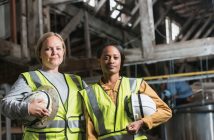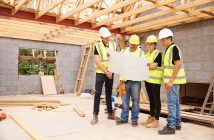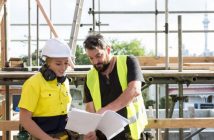Perth-based Fastbrick Robotics has partnered with strategic business consultants EY-Panthenon to understand the market potential of its Hadrian X robot
The company is known for its robotic bricklaying technology that improves safety, speed and accuracy while reducing costs during construction.
After commissioning research into what its addressable market looked like, Fastbrick identified realistic targets to maximise the value and potential of its product.
EY-Panthenon compiled information from the United Nations, industry publications and interviews with experienced industry representatives to qualify Fastbrick’s ambitions.
The Hadrian X claims to be able to complete the brickwork on a home within two days, laying 1000-plus standard bricks per hour.
With 30 million new low-rise buildings anticipated in 2018, using 330 billion standard bricks, EY-Panthenon concluded that 150,000 Hadrian X robots would be needed to replace all construction jobs globally.
Fastbrick Robotics Chief Executive Officer, Mike Pivac, says the analysis demonstrates the size of the global market opportunity..
“As the only company in the world building construction robots capable of doing what the Hadrian X can do, capitalising on our first mover advantage is crucial.”
“The opportunity for the Hadrian X to generate significant productivity improvements in the building and construction sector continues to fuel the acceleration of our technology commercialisation process,” Pivac explains.
The Hadrian X prototype is nearing completion and Fastbrick is now targeting 2% of the global market within the next five years – approximately 600,000 low-rise buildings a year.
Population growth and urbanisation, particularly in developing nations, is demanding rapid construction methods and is acting as a catalyst for future automation and robotic applications.
With the world’s major economies and corporations investing heavily in automation and robotics, Fastbrick aims to leverage its technology with an analytical approach.
“We will continue to work closely with EY-Panthenon and development partners to develop our market entry strategy and business model, ahead of completing the Hadrian X programme,” Pivac says.
The Hadrian X is set to be fully assembled by the second quarter of this year, with the company’s software team now finalising the construction management software package required by the robot.
The Hadrian X will begin field testing in the second half of 2018 with its first house build – a three-bedroom, two-bathroom structure – to be completed in the final quarter of 2018.



